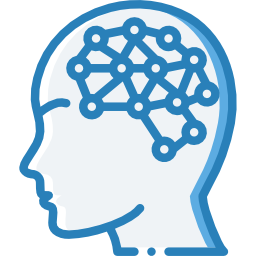

Calories are expensive, and I’m not made of money.


Calories are expensive, and I’m not made of money.


For me, it’s a matter of restoring the convenience and UX that you’ve given up by leaving the big providers.


The brands I see that produce regular milk also make lactose free milk here, so I’m guessing they’re all processed the same way within the brand but just with added lactase at some point. Different brands probably do things differently. It’s usually 2-3 weeks for both regular milk and lactose free.


Is your lactose free milk prepared/packaged differently from your regular milk? The two keep for just as long here.
Honestly, if my career didn’t rely on it, I would entirely skip the publishing part of science. It takes so much more work to communicate your findings than to make them. Of course, that doesn’t help the cause since no one else will be able to build off of my work if I don’t share it.
If you’re able to give precise instructions on what to do to resolve the issue, then couldn’t you also automate it and make it seamless from the user’s perspective?


But… why? Just give me the full image.


I’m pretty sure whatever voice system you’re using is just transcribing things to text and feeding it into an LLM, so it wouldn’t actually have that audio data. I’m not aware of any audio equivalent of LLMs existing.


Sandwiches for sale! Can’t afford it? No problem! 30% discount. I’ll just cut it and toss one of the halves in the trash for you.


It wasn’t that long ago that it was unfathomable for anything other than humans to be able to do this.


As a researcher, a good chunk of my work is literally just sitting on my ass and thinking. Or thinking while taking a walk in the park, or thinking while mindlessly chopping wood in a video game. Now with a kid, it’s kind of switched to thinking about what to do for dinner, how I can get the chores done for the day or how to organize my time so that I can fit in a few hours of work. It’s work in the sense that it’s something that needs to be done and it has an energy cost to doing. It’s also not really something you can turn off even if you wanted to.


I don’t know if it’s the same in Europe, but here in Canada, I’ve only seen the option to trade in old phones when you’re buying one of the fancier phones with a bunch of bells and whistles I don’t need. There no way they would give me enough for this phone to make up for the price difference.
Also, 40 months is an unusually long time to be holding on to the same phone? What?


Regarding your last point, you could in theory also penalize for marking non AI generated images as AI generated.


If you’re your own audience, then you can keep the joker in your head. Posting it on Lemmy broadcasts it to everyone here and that makes all of us your audience.


It only works as a joke without the /s when your audience knows you well enough to know it’s meant as a joke. That does not apply to you when you post on Lemmy.


Ah, so a trans pose.
Nice.


The same could be said for when Meta “open sourced” their models. Someone has to do the training, or else these models wouldn’t exist in the first place.


Unlike conventional batteries, supercapacitors have an exceptionally long lifespan, lasting hundreds of thousands of charge-discharge cycles, whereas lithium batteries typically last only five years or less.
So, what’s the conversation rate between charge-discharge cycles and years?


Their privacy policy: https://www.fossify.org/policy/clock/
Do you use this for physical machines too?